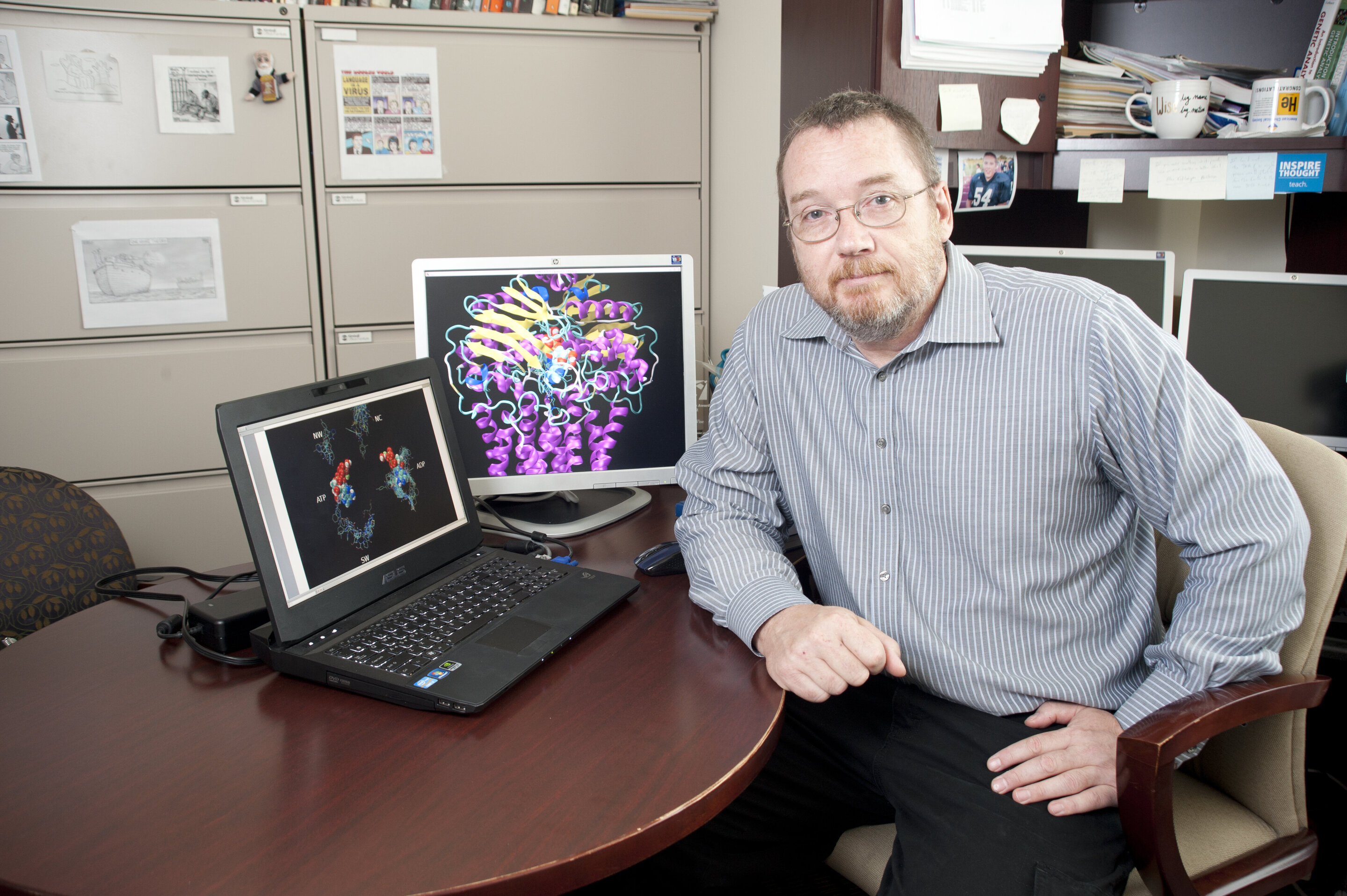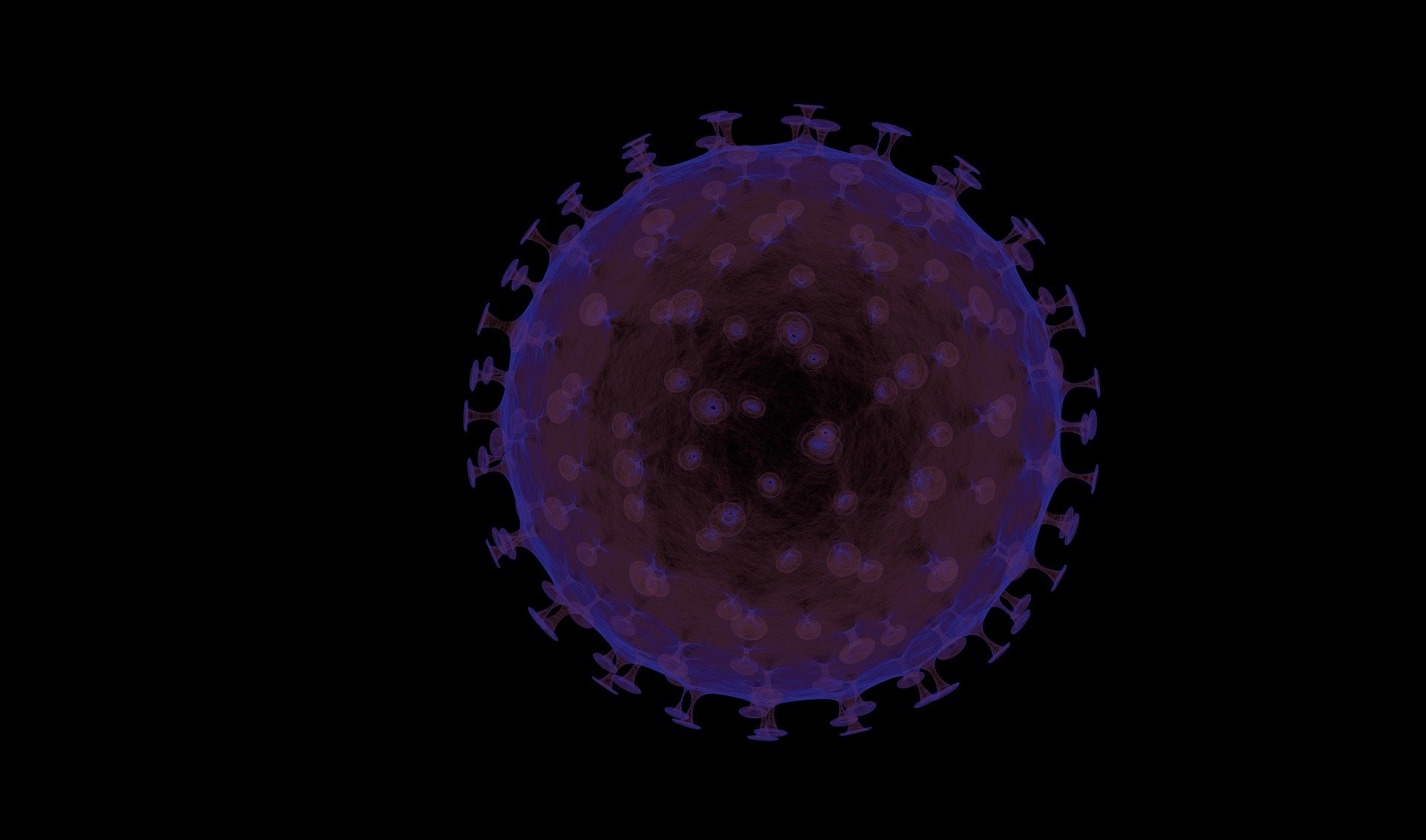#New model shows how cities can safely lift COVID-19 restrictions

“#New model shows how cities can safely lift COVID-19 restrictions”

According to the Centers for Disease Control and Prevention (CDC), over 57% of people in the U.S. 12 years of age and older are fully vaccinated against COVID-19. While the high vaccination rates in certain areas are helping local authorities to safely reopen, there is no consensus on a common approach, particularly as the Delta variant spreads. Furthermore, areas with a vaccine hesitant population, or ones with less access to the vaccine must still take a cautious approach to lifting or potentially reinstating restrictions.
To help public health officials create a data-centric approach to reopening towns, Maurizio Porfiri, Agnieszka Truszkowska and Zhong-Ping Jiang from the NYU Tandon School of Engineering, expanded on an agent-based model (ABM) they developed in January this year to predict the spread of COVID-19. The improved model offers accurate treatment of human mobility to capture the epidemiological implications of gradually reopening the economy. By considering a vaccination rate of about 0.5% of the population per day, the researchers determined that increasing access to social gatherings in leisure locations and households, public transportation and work environments at a 1% daily rate would lead to a nearly 30% increase in fatalities within the next three months. However, they also demonstrated that a vaccination rate of at least 1% population per day would support a safe, rapid reopening, a demonstration of the critical role the vaccine roll-out plays in safe reopening of population centers.
The study, “Designing the Safe Reopening of US Towns Through High-Resolution Agent-Based Modeling,” in Advanced Theory and Simulations, was conducted in collaboration with researchers from Northern Illinois University (Malav Thakore and Sachit Butail), University of Groningen (Lorenzo Zino), Università Cattolica del Sacro Cuore (Emanuele Caroppo) and Politecnico di Torino (Alessandro Rizzo).
“This model provides additional evidence to support the need for rapid vaccinations before areas can open safely,” said Porfiri. “Areas with low vaccination numbers, under 1% of the population per day, should express extreme caution with their strategies to open up the economy and should focus their efforts on increasing the rate of vaccinations.”
The research specifically focused on the town of New Rochelle, located in Westchester County in New York State. The ABM replicates, geographically and demographically, the town structure obtained from U.S. Census statistics and superimposes a high-resolution—both temporal and spatial—representation of the epidemic at the individual level, considering physical locations as well as unique features of communities, like human behavioral trends or local mobility patterns. While New Rochelle’s high vaccination rates make this model no longer relevant to advise on the town’s plans to reopen, the model can be used to inform public health decisions in towns that are lagging in their vaccination campaigns.
RAPID: High-resolution agent-based modeling of COVID-19 spreading in a small town
Agnieszka Truszkowska et al, Designing the Safe Reopening of US Towns Through High‐Resolution Agent‐Based Modeling, Advanced Theory and Simulations (2021). DOI: 10.1002/adts.202100157
Citation:
New model shows how cities can safely lift COVID-19 restrictions (2021, August 2)
retrieved 2 August 2021
from https://medicalxpress.com/news/2021-08-cities-safely-covid-restrictions.html
This document is subject to copyright. Apart from any fair dealing for the purpose of private study or research, no
part may be reproduced without the written permission. The content is provided for information purposes only.
If you liked the article, do not forget to share it with your friends. Follow us on Google News too, click on the star and choose us from your favorites.
For forums sites go to Forum.BuradaBiliyorum.Com
If you want to read more Like this articles, you can visit our Science category.



